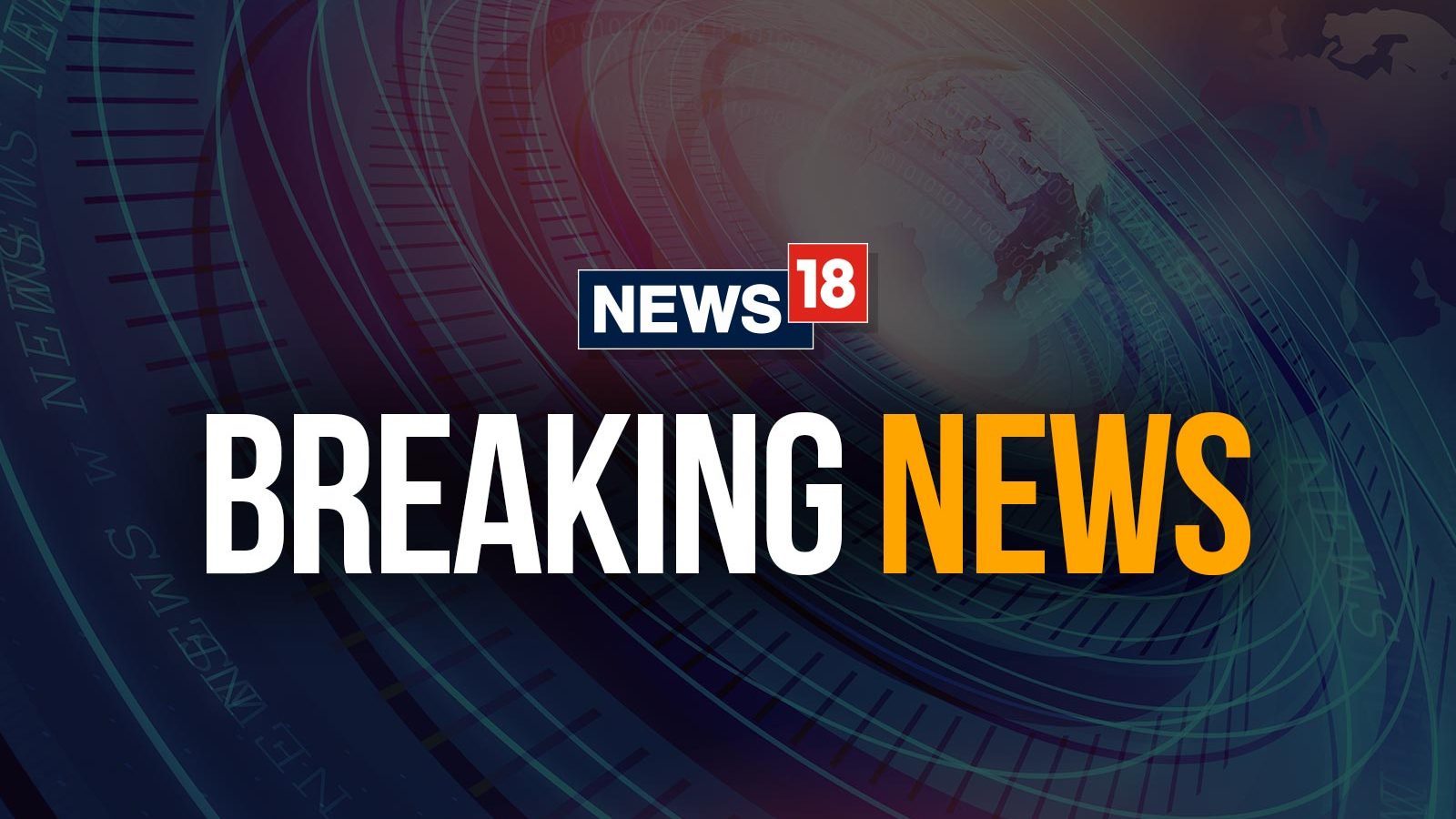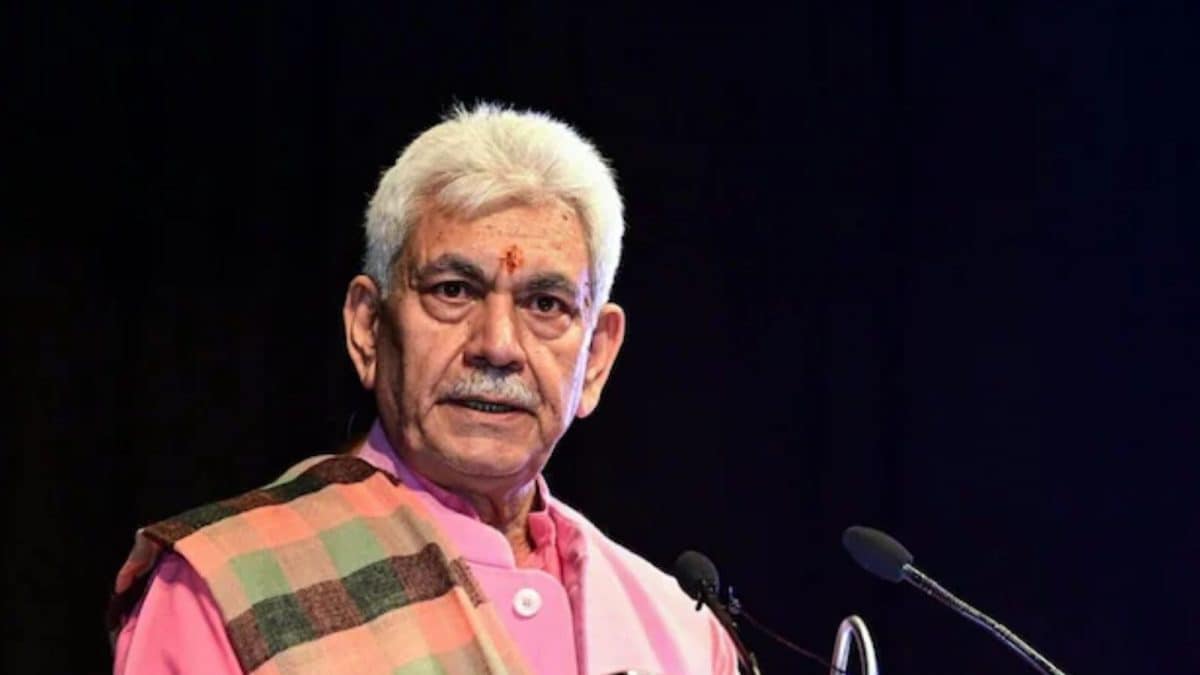In what could be a paradigm shift in India’s approach to social justice, the outcome of the caste survey of the Telangana government is focussing on the backwardness of castes on a scale of ‘Zero to 126’ independent of their population size.
The 11-member Expert Working Group headed by former Supreme Court Justice B. Sudarshan Reddy set up by the government to analyse and interpret data from the caste survey, has come up with a new concept — Composite Backwardness Index (CBI) — to scientifically quantify the backwardness of castes.
The foundation of the report is the huge data compiled from over 3.5 crore residents of Telangana responding to 74 questions covering aspects ranging from education and income to housing, landholding, and experiences of discrimination.
“This is a data revolution,” argues Praveen Chakravarthy, Member Convenor of the Expert Committee consisting of social scientists, economists, statisticians and those who understand the soul of Telangana. “Earlier, it was assumed that larger the population of a social group meant that group was more backward. But now, focus is on, how backward is a caste in real, measurable terms?” he told The Hindu in an interaction.
Mr. Chakravarthy, who is one of the architects of the CBI, says it is a first-of-its-kind metric designed and used in the world to objectively evaluate social and economic disparities. Evaluating Telangana’s most exhaustive caste-related survey in India’s history was a big task, he said, recalling that the landmark Mandal Commission survey conducted in the 1980s covered only 50 lakh people with 11 questions.
To identify true indicators of backwardness the committee performed statistical significance tests across the responses shortlisting 42 indicators across nine categories, including education, living conditions, land ownership, income, access to technology, and social discrimination.
Respondents answered questions such as: “Do you face discrimination in temples?”; “Do your children attend English-medium schools?”; “Do you own a vehicle, smartphone, or live in a pucca house?” and “Do you borrow from moneylenders?” each of which fed into a scoring model.
Mr. Chakravarthy explained that each caste was ranked on a scale from 0 to 126 points, with the higher the score, the greater the level of backwardness. The data was analysed through quartile distribution, placing every caste into one of four buckets based on their aggregate scores. The report, expected to be submitted to Chief Minister A. Revanth Reddy, in two weeks, will provide rankings for all the 245 surveyed castes.
Mr. Chakravarthy feels the government should release the data in an aggregated form for public use, while protecting individual privacy. Independent researchers should use Artificial Intelligence tools to extract deeper insights to build upon the findings. “Let people challenge it statistically and academically. It’s open data self-reported by the people of Telangana,” says Mr. Chakravarthy. The report aims to disentangle caste-based backwardness from general poverty. Poverty is universal. But caste-based poverty is historical, he points out.
Can the CBI model be replicated in the caste census that the Government of India announced recently? The model remains effective despite the disparities among BCs given the unique social structure in the respective States. Mr. Chakravarthy summarises that just like the GDP for economic growth or the Sensex for the stock market, the CBI can be a scientific index for social equity.
Published - June 01, 2025 07:35 pm IST



.png)
.png)
.png)
















 1 day ago
5
1 day ago
5










 English (US) ·
English (US) ·